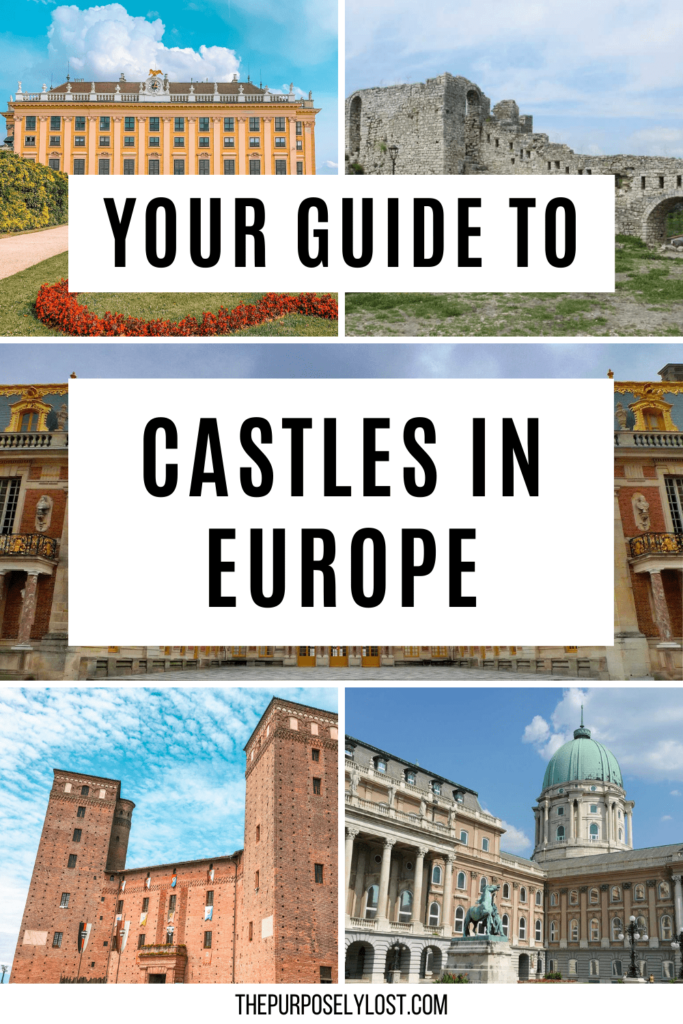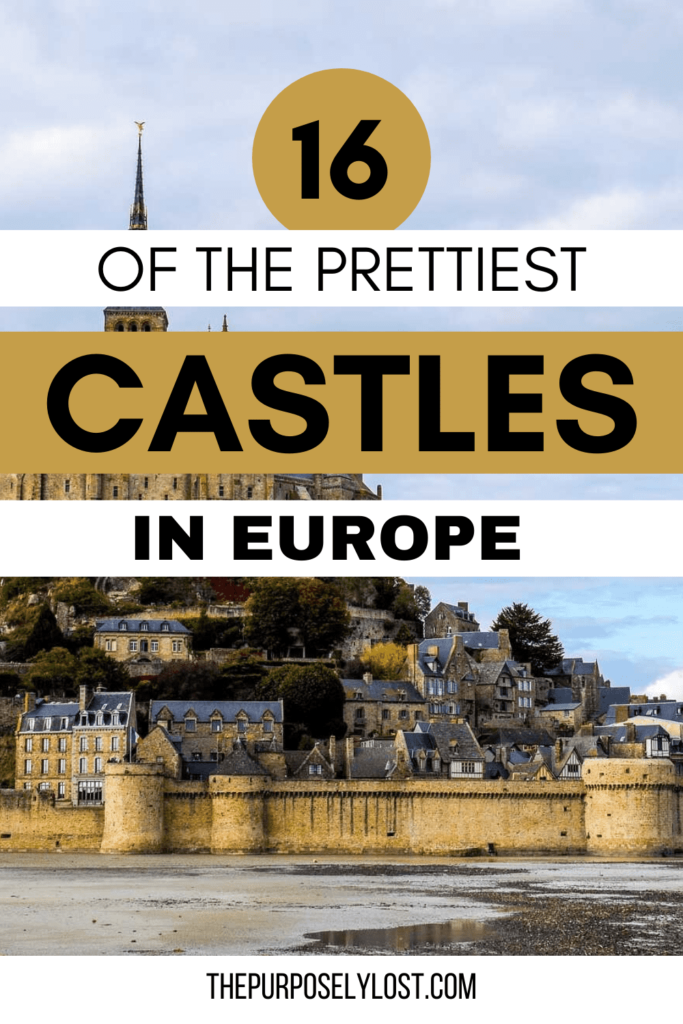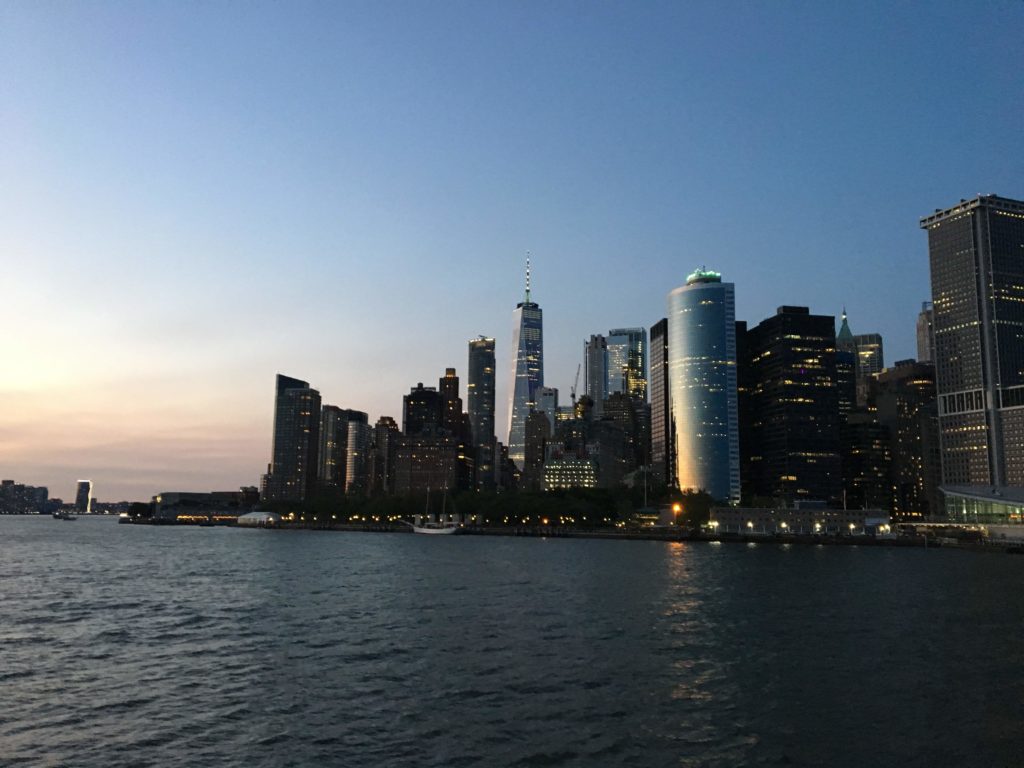Contents
This post may contain affiliate links! I will receive a commission, at no extra cost to you, if you purchase something recommended here.
The castle is a kind of defensive building designed by European aristocracy in Europe and the Middle East throughout the Middle Ages. Scholars dispute precisely when the first palaces were built, although they are believed to have been constructed after the collapse of the Roman Empire.
Today, many of these stately structures have been converted into museums, theaters, or hotels, some even providing guided tours, while others are in ruins. Regardless of their contemporary state, no trip is complete without exploring these famous castles in Europe.
Map for this Guide
The map below includes every royal house discussed in this article. Add this to your Google Maps for easy access for later!
Blarney Castle

Blarney Castle and Gardens are among the most impressive castles in Europe, thanks to an extraordinary stone at the top. Located in County Cork in the southern part of Ireland, Blarney attracts visitors from across the globe.
The main reason visitors flock to this historical site in Ireland is to kiss the famous Blarney Stone. This smooth rock, located at the castle’s very top, is said to bestow a gift. Those who kiss it will get “the gift of the gab.” There is also an art to properly kissing the stone. You have to lean backward, through a gap in the ramparts, and kiss the stone up-side-down.
Originating from the 12th century, the first wooden house was replaced by the stone castle in the 15th century, and this is what you can visit today. There are extensive gardens on the grounds, which are home to a poison garden, rose garden, fern garden, two waterfalls, a fairy garden, and more. To enjoy Blarney Castle and Gardens to the full, you are going to need at least half a day.
Blarney is located 8km from Cork City and buses run hourly from Cork bus station if you want to visit by public transport. It is approximately a 3-hour drive from Dublin. There is a large public car park, which can get busy, so arrive early and go straight to the top to kiss the Blarney Stone before exploring the grounds at a more leisurely pace.
Blarney Castle is also one of Ireland’s biggest tower houses and is an excellent castle in Ireland for kids and families.
Submitted by: Cath Jordan from Passports and Adventures
Eilean Donan Castle

Breathtaking landscapes dotted by historical royal residences make up Scotland’s countryside. An icon of the beautiful Scottish Highlands is the historic Eilean Donan Castle. Nestled comfortably on a small island in the Kintail Mountains, visiting Eilean Donan Castle is a must for any traveler in Scotland.
Located on the small island of Donan, this Scottish castle is at the entrance to the Scottish Highlands. The easiest way to visit is to drive or take a guided tour. You can take a bus from Glasgow as well.
This incredible castle became a household name after its appearance in the Highlander movie. However, the castle was built in the 13th century to protect the Highlands from the Vikings. Eventually, the royal home became too much to maintain, and it shrank to about a quarter of the original size.
During the Jacobite risings in the 17th and 18th centuries, Spanish soldiers helped to hold Eilean Donan Castle until the English found out. The English quickly sent forces and used over 300 barrels of gunpowder to blow up the historic castle.
Eilean Donan lay in ruins for 200 years until Lt. Colonel John Macrae-Gilstrap purchased it in 1911. Over 20 years, the structure was returned to its former glory. The MacRae family are still Constables of the castle to this day.
Walking through the castle is like stepping back in time – the walls come alive with stories of love and war. It’s important to note that the building is not handicap accessible, but there are virtual tours of this European castle at the visitor entrance.
Submitted by: Pamela from The Directionally Challenged Traveler
Edinburgh Castle

Sitting like a crown on Castle Rock’s extinct volcano, Edinburgh Castle is a brute of a building that dates back to the 12th century. Both a royal residence and a military stronghold, Edinburgh Castle is now home to many famous Scottish artifacts, including the Scottish Crown Jewels, the Stone of Destiny, and the 15th-century gun Mons Meg, one of the largest cannons in the world.
From its position lording over Edinburgh’s famous Royal Mile, this fairytale-like castle is a must-see if you’re visiting Edinburgh. One of the oldest fortified sites in Europe, it’s obvious when you look up at the imposing structure why the Iron Age peoples of Scotland built a hill fort where the royal residence now stands.
The castle has been fought over and changed hands many times throughout history. Built by King David I, who constructed some of the buildings still standing today in 1130, the castle was first captured from the Scots by Edward I after a three-day siege in 1296. After Edward died in 1307, the stronghold was weakened. It was then reclaimed by the Scots after a daring night raid in 1314, during the Wars of Independence.
In 1544, it fell to the English again after the burning of Edinburgh in May of the same year. The Jacobite uprising saw much unrest in Scotland and the Jacobites came dramatically close to claiming the castle–but it stood firm and remained unbroken.
Today, Edinburgh Castle is one of Scotland’s most popular tourist attractions and retains a distinct military feel. With the One o’Clock Gun, Half Moon Battery, and National War Museum, military enthusiasts will be in their element. Kids will love the grisly Prisons of War and the immersive ‘fight for the castle’ exhibition. At the very heart of Crown Square, a visit to the Great Hall will reveal the medieval splendor of the interior.
Take the fifteen-minute walk up from the Old Town, enjoying the view as you go. Book your tickets online in advance, especially in the summer, when Edinburgh, and the castle, get incredibly busy.
Submitted by: Isobel Nicholls from 24 Hour City Guides
Dunluce Castle
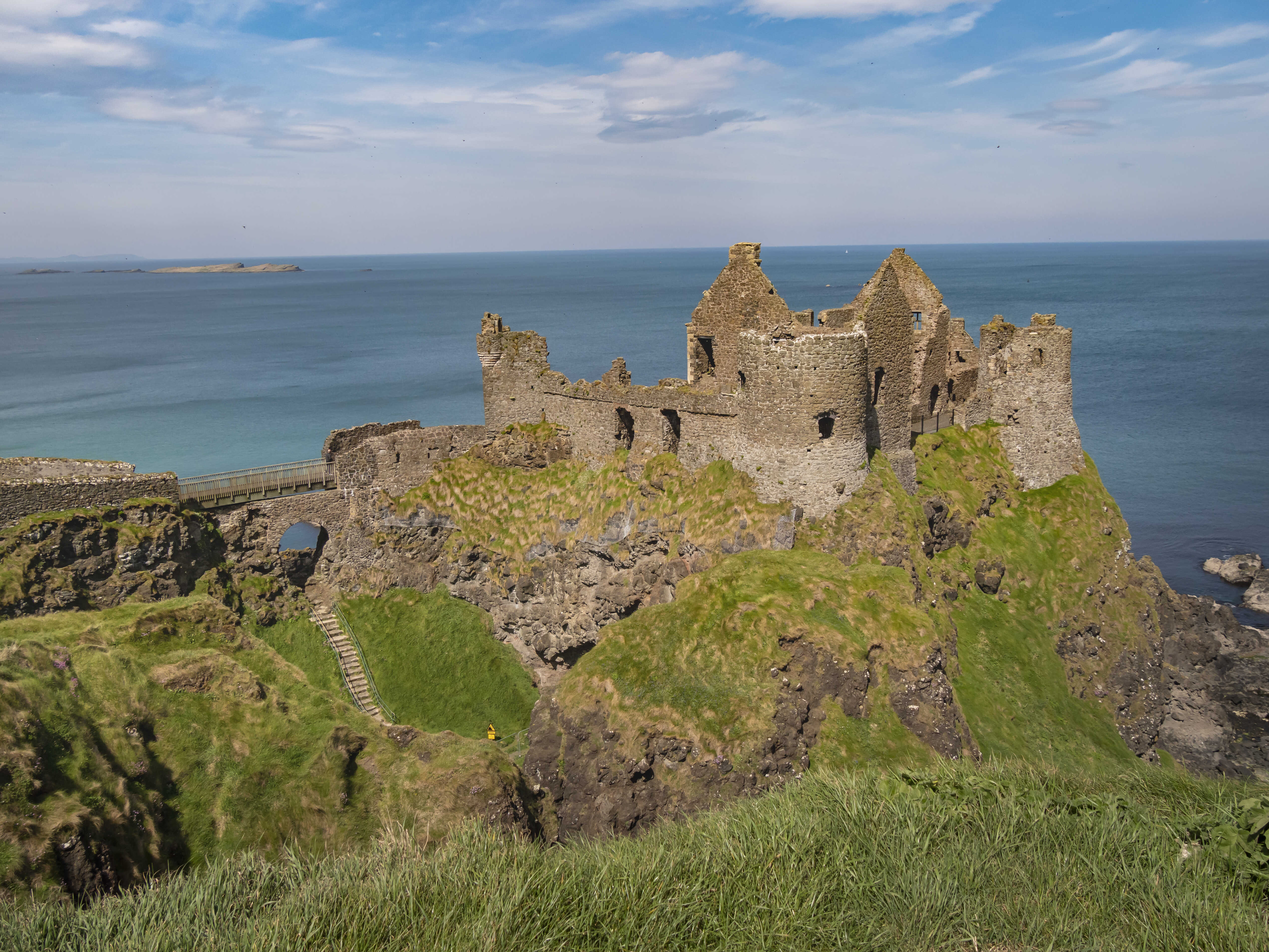
Dunluce Castle is a 15th century ruined castle situated on a sea cliff in Northern Ireland. The building was constructed by the McQuillan clan, the surrounding area leaders, adding to a pre-existing Medieval castle from the 13th century.
For years, the castle appeared tall and proud against the rocky coasts of Northern Ireland. This was largely attributed to the remarkable structure of the fortification, designed by the prosperous McQuillan clan. However, in the 16th century, the McQuillans lost possession of the castle to the MacDonnell clan.
Today, Dunluce Castle is a great place to visit, with tourists from all over the world. The grounds provide on-site parking and offer discounts for families. If you tour the site in the evening, you can enjoy the view of the ocean while watching the sunset from the ruins. After visiting the site, stroll through the nearby village of Portrush to enjoy the shops and restaurants.
Mont Saint-Michel

Mont Saint-Michel is a Benedictine abbey located in Normandy, France. Often listed as one of the prettiest castles in Europe because it’s also a fortress, the UNESCO World Heritage Site sits atop cliffs and is one of the inspirations behind Hogwarts in the Harry Potter book series.
Dedicated to Saint Michel, the patron saint of travelers, Mont Saint-Michel became one of the most famous pilgrimage destinations in the Christian world throughout the Middle Ages. Mont St. Michel withstood English attacks and survived the French Revolution thanks to its fortifications. During World War II, the Germans used the monastery as a lookout. After the war, the French government took over the property and turned it into a national monument.
Today, the castle is open to tourists and houses a museum. Mont Saint-Michel is especially famous for its high tides; the abbey becomes an island due to the rising water level.
A UNESCO World Heritage Site is a creation or landmark chosen for conservation by the United Nations Organization for Education, Science and Culture (UNESCO) due to its cultural, historical, scientific or natural significance. It must meet a minimum of one of ten selection criteria to be considered for the World Heritage List, and once chosen, it becomes protected for preservation by various international treaties.
Castle of the Princes of Acaja
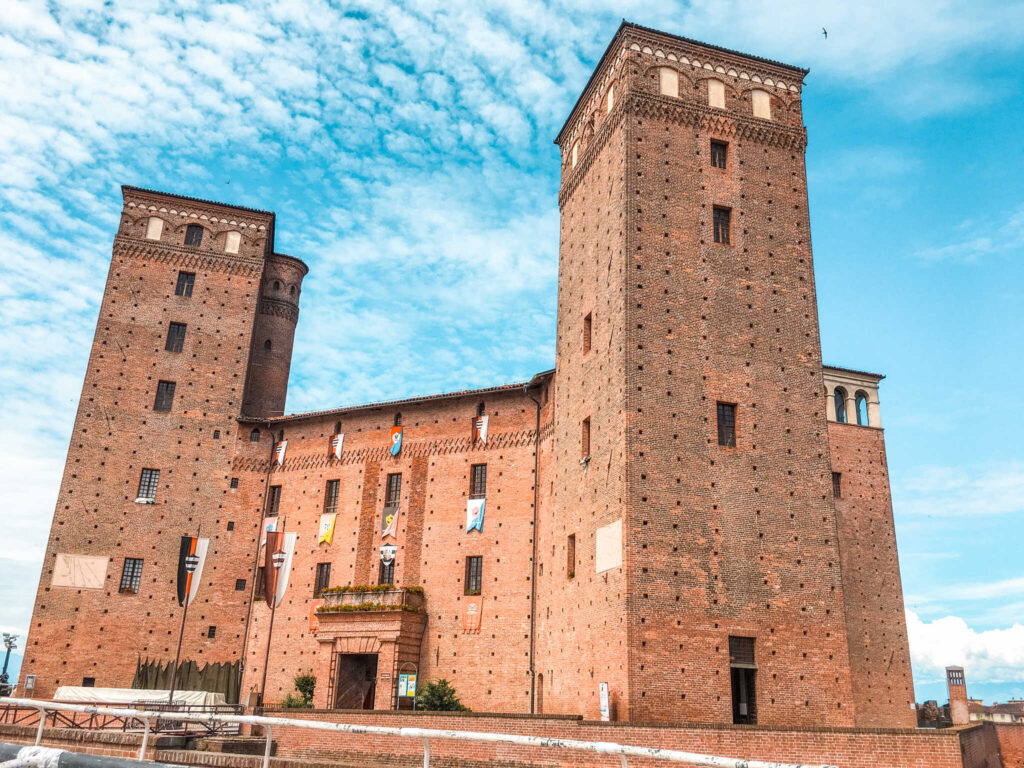
A magnificent medieval castle is situated in the middle of the small town of Fossano in the Piedmont region of Italy. The Castle of the Princes of Acaja was developed by Filippo d’Acaia and completed in 1332.
Originally constructed as a fortress due to a pledge by locals to be safe from invaders, 100 years later, it was converted into a ducal residence. Later, the building was changed into a jail and barracks for the city. Today, the structure has a different function–as Fossano’s public library.
Each summer, the castle is turned into the center of Fossano’s palio. There’s a street procession, with locals wearing traditional medieval clothing that finishes at the royal residence. The space in front of the castle is transformed into a dirt track and a performance venue. The town is divided into four teams, and each competes against one another in archery, horse racing, and other competitions.
If you’re curious to see inside this fairytale-like European castle, go to the library area to get a peek at several of the inner rooms. Or, head to the top of a tower for a panoramic view of the city. You can also visit the Fossano Tourist Information Office conveniently situated inside the courtyard to see if they’re offering a free guided tour on the day you go.
Read More
- Incredible Religious Places in Europe
- Remarkable Ancient Places in Europe
- Top Guided and Walking Tours in Europe
- The Most European Cities in North America
Kronborg Castle

Most people are familiar with the phrase “there’s something rotten in Denmark,” and many are even aware that it comes from the pages of Shakespeare’s tragedy, Hamlet. Not everyone knows that the play’s actual setting is Kronborg Castle, located in the gorgeous Danish town of Helsingør.
The massive palace is one of the most important Renaissance castles in Northern Europe and played an essential role in the rise of Denmark. Its strategic location helped the kingdom of Denmark control the passage between the North Sea and the Baltic Sea.
At this beautiful castle, the waterway between Helsingør and Helsingborg, a city across the strait, is only 4 km. In modern times Sweden lies across the strait, but it was Danish territory for much of Kronborg’s history and enabled the nation to extract a toll from each passing merchant ship.
The royal residence is open to the public, where visitors can explore the apartments of the king and queen, climb the cannon towers and explore the kitchen and basement. You can watch Shakespearean actors perform scenes from Hamlet in the courtyard, apartments, and grand hall in the summer months.
From Hamlet to the Danish Golden Age, the iconic Kronborg Castle is a fascinating place to visit. See for yourself why Kronborg has been named a UNESCO World Heritage Site.
Submitted by: Derek and Mike from Everything Copenhagen
Rheinfels Castle
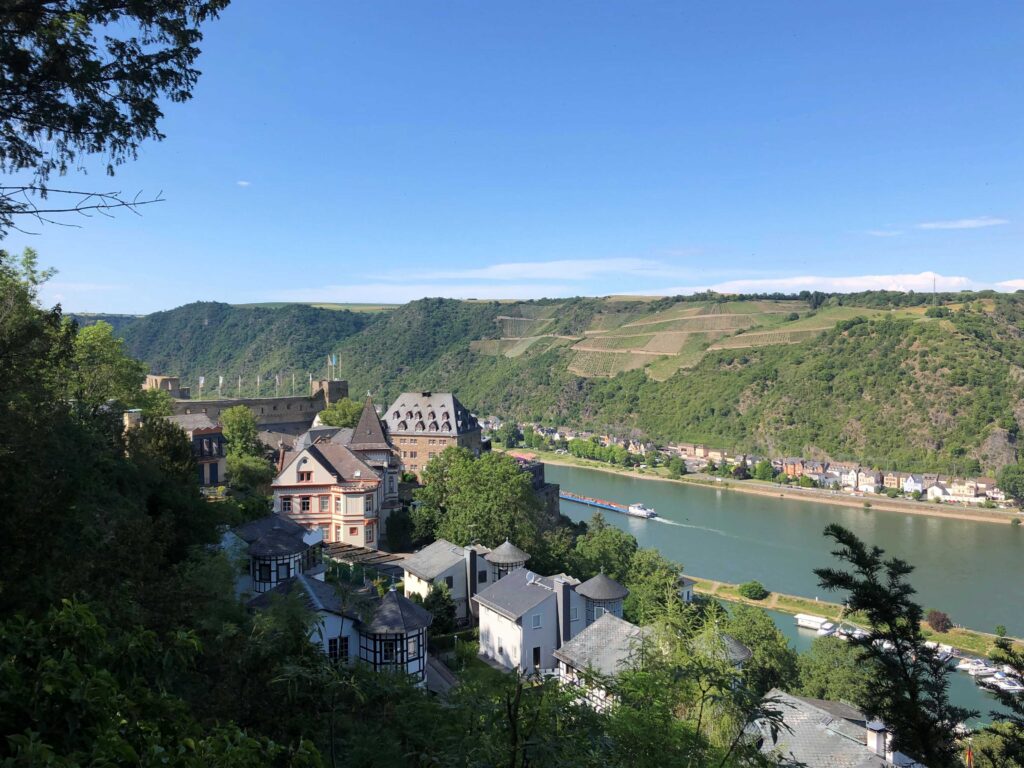
In western Germany, the romantic Middle Rhine Valley is famous worldwide for its many fairytale castles in Europe, the legendary Loreley rock, and the steep vineyards. The valley was raised to UNESCO World Heritage status in 2002.
Rheinfels Castle above St. Goar is one of the most extensive fortifications on the Middle Rhine between Bingen and Koblenz. The first fortifications were built around 1245. For many years it was owned by the Count of Katzenelbogen and was used as a customs castle.
In the 17th century, the core castle was expanded into a large fortress. At the end of the 18th century, Rheinfels Castle was largely destroyed by the French revolutionary troops.
Even as a ruin, the facilities are still awe-inspiring and worth seeing. There are many walkable towers and wall sections with great views of the Rhine Valley and the surrounding landscape. These include above all the clock tower and the high battery.
The castle museum is now housed in the staircase center. The “Great Cellar” is still the largest self-supporting vaulted cellar in Europe and is a popular venue for concerts and theater performances.
The ruins of Rheinfels Castle can be visited all year round. The underground mine tunnels are only accessible with guided tours.
Today parts of the ruins house the upscale “Romantik Hotel Schloss Rheinfels,” from whose dining rooms and terraces one has a great view of the Rhine valley and the Castle Katz opposite.
Submitted by: Phil from Journication
Neuschwanstein Castle

Neuschwanstein Castle, the quintessential design of fairytale castles in Europe that inspired the architecture of Disneyland’s Sleeping Beauty Castle, is a nineteenth-century Romanesque Revival castle on a rocky hill in Hohenschwangau, Bavaria, Germany.
Captivated by tales of romance from the Middle Ages, King Ludwig II of Bavaria commissioned the dwelling as a safe haven and as a tribute to friend Richard Wagner, a famous musician. Ludwig paid for the residence from his personal fortune and through massive loans, instead of through Bavarian government monies.
The castle was built as a private refuge for the eccentric sovereign, but he ended up spending just under 200 days there before his death in 1886. It was unveiled to the general public soon after his death; more than 60 million people have visited Neuschwanstein Castle since then.
Today, the castle has become a well-known emblem in Bavaria–it’s been featured in a number of movies and was a big inspiration for the Disney Imagineers on Sleeping Beauty’s Castle. From its two imposing towers and the observation tower to the nearby mountains, you can only take a tour to see inside this legendary picturesque castle.
Läckö Castle

Läckö Castle is a true hidden gem located in Southern Sweden next to Lake Vanern. It is a two-hour drive from Jonkoping and a two and half hour drive from Orebro.
The medieval castle built in the Swedish baroque style has a substantial property around it, including a vast garden and a restaurant. There are guided tours for visitors to explore the various rooms, dungeons and learn about its history.
The garden is beautiful and used to grow fresh vegetables and herbs that are further used for cooking food served in its restaurant.
The castle also has accommodations for visitors who wish to spend more time at the royal residence. It is in Victoria House with pleasant rooms overlooking the lake, forest, and grounds.
The Naturum Vänerskärgården on the ground floor of Victoria House has interactive exhibitions and activities for the young and old interested in learning more about the flora, fauna, and living organisms in that area.
There is also a proper jetty with opportunities for visitors to paddle a canoe or take a boat trip on Lake Vanern to the fishing villages or other fascinating places.
Läckö Castle is the perfect place to spend a day or two immersed in history, nature, and good food.
Submitted by: Jan from Leisurely Drives
Ogrodzieniec Castle
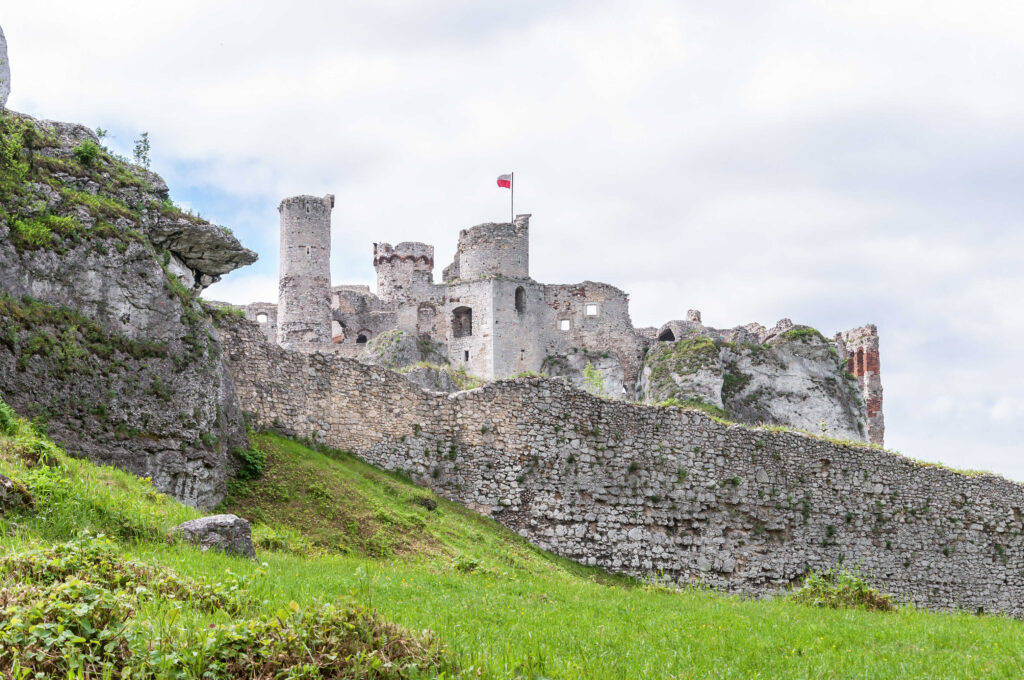
Located in the village of Podzamcze, halfway between the Catholic pilgrimage site Jasna Góra Monastery in Częstochowa and the city of Kraków, Poland, Ogrodzieniec Castle is one of the best-preserved and most amazing castles in Europe in ruins, and a must-visit if you’re ever in the area.
Originally built as a fortress in the 12th century, the castle that stands in ruins today was built 200 years later for a local noble family and then changed hands several times throughout its history. After more than half the castle was set on fire by Sweedish troops in 1702, the castle was not rebuilt. The site was finally nationalized after World War II, and restoration was completed in 1973.
Although its now in ruins, it still retains a wonderful feeling of what life would have been like in that time–you can walk through areas like the old gate tower, former knight chambers, and the inner courtyard, on new stairs and platforms. It’s recently been used as a filming location for several projects, like The Witcher on Netflix.
You can park and purchase tickets to explore Ogrodzieniec Castle once you arrive. Since it’s situated on the region’s highest hill, make sure to stop and take in the view.
Read More
- Your Guide to the Best European Winter Destinations
- The Most Important Things to do Before Traveling
- Your Guide to the Best Travel Essentials for Women
- Top Zero-Waste Travel Essentials for the Eco-Friendly Traveler
Wawel Castle
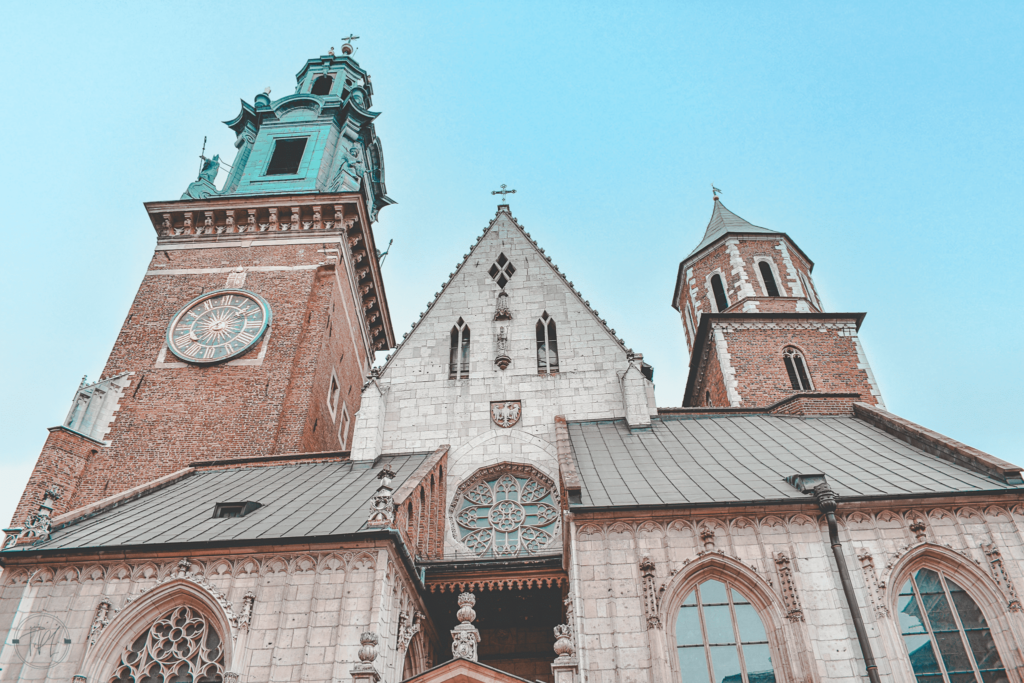
Wawel Castle in Krakow, Poland, is one of the prettiest castles in Europe and was named the first UNESCO World Heritage Site in the world. It’s a giant castle complex that offers a snapshot of Poland’s lengthy past. Also known as Kraków Castle, it’s located on Wawel Hill, overlooking the Vistula River, and claims to be among the most popular landmarks in Kraków.
With origins dating back to the 9th century, the hill hosted a church, a keep, and a residential fortress, then added a cathedral in the 11th century, but the present Wawel Castle was constructed over many decades, with the oldest sections built in the 13th century. Most of what you see today is from the Renaissance-style rebuilding era due to fire damage. The palace had been the official residence to the Polish monarchs, as well as a protective fortress.
The castle grounds currently consists of five separate museums under the Wawel Royal Castle-State Art Collection—these include the State Rooms, Royal Apartments, Crown Treasury and Armoury, Oriental Art, and The Lost Wawel. Guests need to purchase tickets separately to view each collection.
Buda Castle

Perched on Várhegy (Castle Hill) overlooking the mighty Danube River, Buda Castle is stunning. As one of Hungary’s most famous historical sites, visiting this famous building in Budapest is like walking back in time. It’s an intriguing historical experience.
Once the royal residence of Hungarian kings, Buda Castle has a rough past. The palace was built, demolished, and restored countless times. Mace Tower near the Ferdinand Gate is a site of medieval remains.
Visit the Sándor Palace, the Hungarian National Gallery, the National Széchényi Library, and the Budapest History Museum, all located inside one of the most famous landmarks in Europe. From courtyards to fountains to statues–there are many other attractions inside the premises.
The views over the city from the courtyard fence of the castle are utterly beautiful. To get even more awe-inspiring views, buy the entrance ticket to the National Gallery of Fine Arts, with which you get to access the iconic vantage point on the dome terrace.
Most tourists choose to take the Buda Hill Funicular (one-way or round-trip) at the Clark Adam Square up to the castle. You have options to walk up the hill or take the stairs, which are a bit steep, from the Chain Bridge.
If you decide to walk, take the Buda Hill Funicular up to the Buda Castle and hike back down. Since it’s easier to walk downhill over uphill, you’ll be able to savor both perspectives.
Submitted by: Anjali Chawla from Travel Melodies
Berat Castle
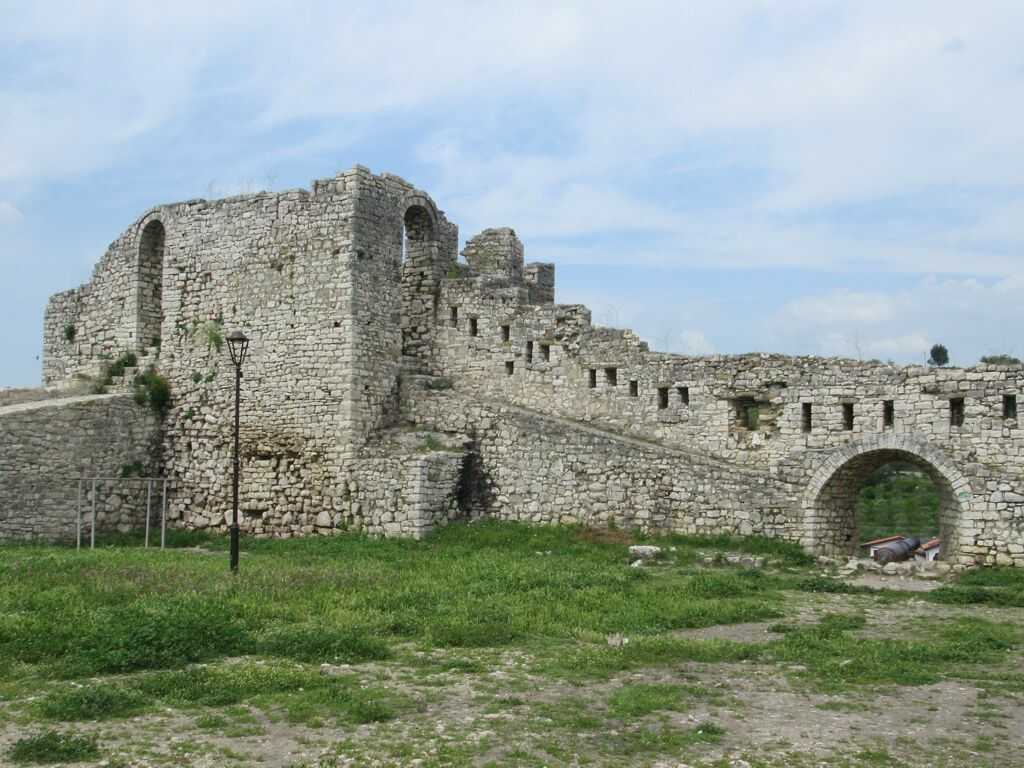
The Berat Castle towers over the city of the same name. Built in the 4th century B.C. and still in pretty good condition, this is a site you won’t want to miss. First conquered by the Romans in 200 BC, followed by the Byzantines, this historic one of the best palaces in Europe is now a UNESCO listed site.
Inside the walls, you’ll find more than 20 churches, one mosque, a cistern, and a museum. But, a unique feature of the Berat Castle is that people still live behind the walls!
Walking uphill to the castle on the cobbled streets is a bit of a trek, but it is worth it to enjoy the quaint homes and architecture along the way. The entrance is on the southern side of the building.
Don’t miss climbing up the mosque’s minaret (at your own risk) for incredible views over the city and the Osum River below and the beautiful Byzantine Holy Trinity Church.
Pack your travel guitar, a picnic, and a blanket and make your way up to the top of the castle for sunset — it truly is a spectacular sight.
Submitted by: Dariece Swift from Goats on the Road
Predjama Castle
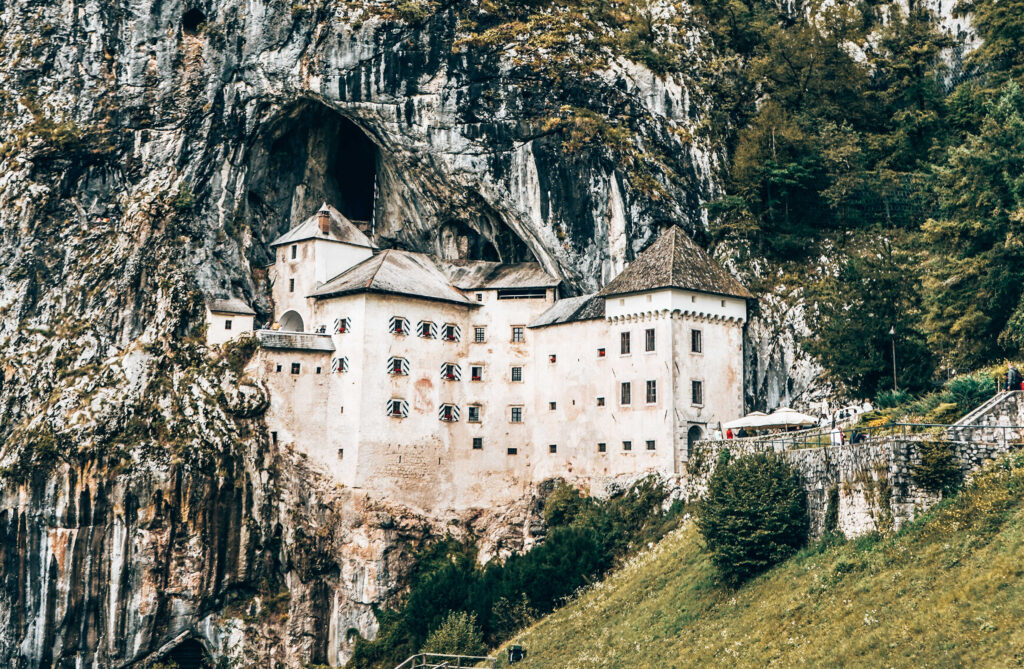
Predjama Castle is the largest cave castle in the world, reigning for more than 800 years in a 123-meter high cliff. It is listed as one of the Guinness World Records and is truly one of the fairytale castles in Europe, where many couples want to get married.
It belonged to Erazem, a fearsome knight, sadly betrayed by one of his servants and died while using the toilet. There are secret tunnels under the noble residence and the second-longest karst cave in Slovenia, where a bat colony lives. No wonder the building is listed among the ten most fascinating castles in the world.
They offer castle tours, where you’ll see the armory, chapel, kitchen, torture chamber, but they take you also to the secret tunnels and the cave under the palace. There’s even an adventure tour for the more courageous, where you’ll see a lot of the underground. And for all the most enthusiastic Middle Ages fans, they offer a package where you become a knight for a day and discover the world of lances, halberds, swords, hammers, bows, and crossbows.
Every year there’s a knight tournament, where you can witness knight fights like in the old times.
You can reach the castle by car or public transport. If you plan to visit Postojna cave as well (highly recommended), you can hop on a free shuttle bus from the cave’s parking. The ride takes about 20 minutes. From the capital Ljubljana you can take a bus or a train to Postojna and then change to a bus to Predjama.
Submitted by: Simona D. Čuček from Slovenians Travel
Bran Castle
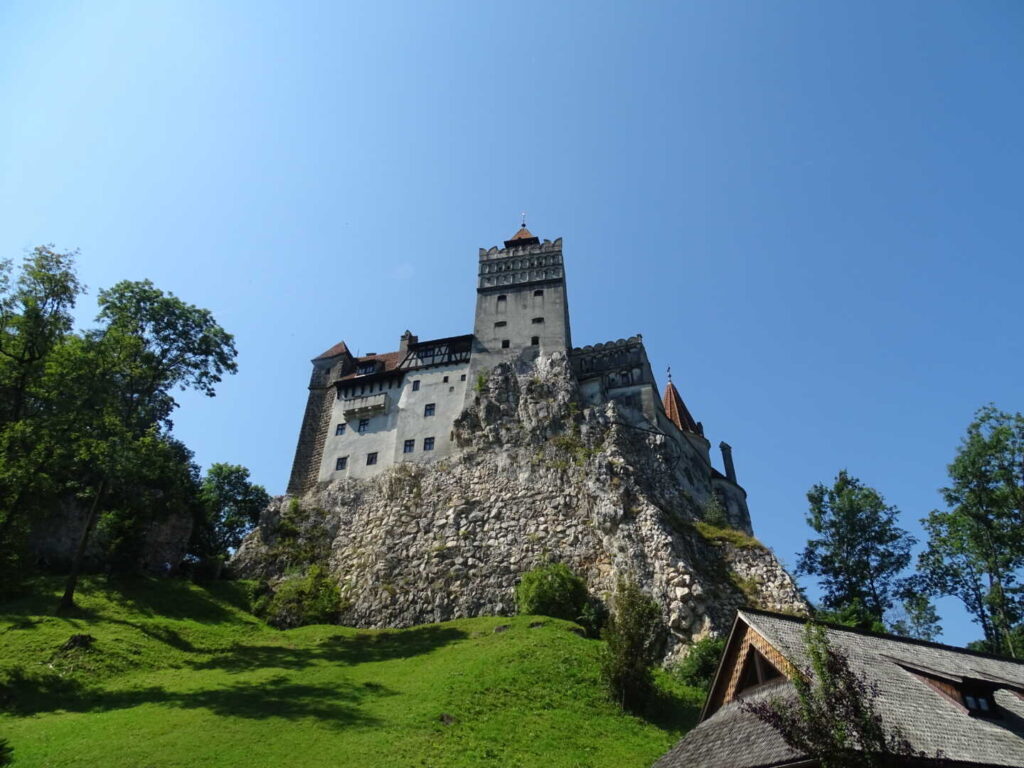
One of the most iconic places to visit in Romania is Bran Castle, often called Dracula’s Castle. While Bram Stoker never actually visited this of the most impressive castles in Europe built in 1377, he used it as the setting for his 1897 novel, Dracula. As a result, it’s become a popular pilgrimage site with tourists who have read the book, seen the movie, or just have a healthy imagination!
With its many turrets and the stark backdrop of dense Romanian forest, Bran Castle is the perfect setting for the spooky home of Vlad Dracula. The famous literary vampire is based on the real-life ex-Romanian ruler, Vlad Tepes, also known as Vlad the Impaler, for the disturbing ways he killed his enemies.
In the 1900s, Bran Castle was a royal residence owned by Queen Marie of Romania. She gifted the property to the city of Brasov, and it has since become one of the city’s more beloved sights. During a visit, you can climb the twisty towers and visit some of the 60 rooms home to furniture and art once owned by Queen Marie.
You can easily travel from Brasov to Bran Castle by car, local bus or guided day tour with transportation from Bucharest. Brasov is a medium-sized city with lots of accommodation options and plenty of other things to do along with Dracula’s Castle.
Entrance into the castle costs 40 lei (€8) or 25/30 (€5) for students and seniors. A budget tip is to take a local bus for 14 lei (€3) from Brasov Bus Station (Autogara 2) and find the bus destined for Bran and Rasnov.
Submitted by: Rose from Where Rose Goes
Fairytale castles in Europe have been the centerpiece of the continent’s landscape for centuries, and they have come to represent the region’s history, culture, and royal heritage.
From imposing stone fortresses built to withstand sieges to grand manors that were the stage for some of history’s most important events, many castles have managed to live on as gorgeous tourist destinations. Which of the best castles in Europe will you visit?
